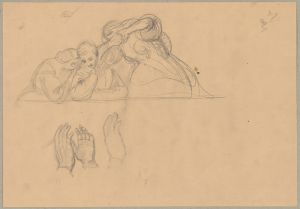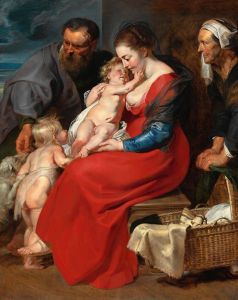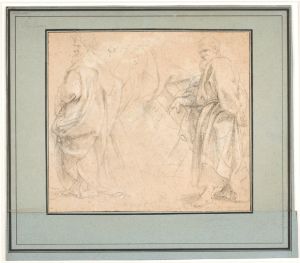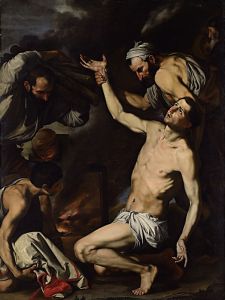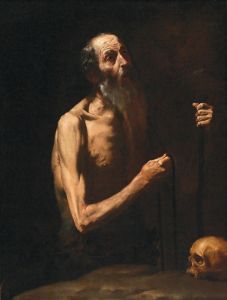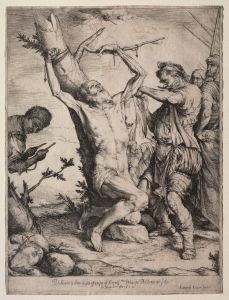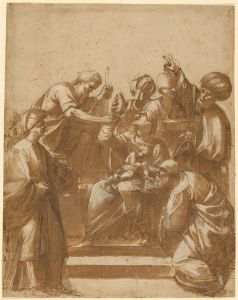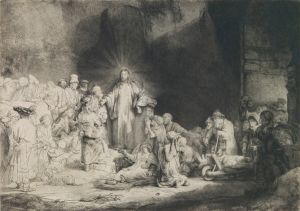
St Jerome
A hand-painted replica of Jusepe de Ribera’s masterpiece St Jerome, meticulously crafted by professional artists to capture the true essence of the original. Each piece is created with museum-quality canvas and rare mineral pigments, carefully painted by experienced artists with delicate brushstrokes and rich, layered colors to perfectly recreate the texture of the original artwork. Unlike machine-printed reproductions, this hand-painted version brings the painting to life, infused with the artist’s emotions and skill in every stroke. Whether for personal collection or home decoration, it instantly elevates the artistic atmosphere of any space.
"St. Jerome" is a painting by the Spanish artist Jusepe de Ribera, who was active during the early 17th century and is known for his dramatic use of chiaroscuro and realistic depictions of religious subjects. Ribera, a prominent figure of the Spanish Baroque period, spent much of his career in Italy, particularly in Naples, which was then part of the Spanish Empire. His work is characterized by its intense naturalism and often somber tone, reflecting the influence of Caravaggio and the tenebrist style.
The painting "St. Jerome" depicts the Christian scholar and translator St. Jerome, who is traditionally shown as a penitent or as a scholar in his study. Ribera's portrayal of St. Jerome is notable for its emotional depth and attention to detail, capturing the saint in a moment of introspection or devotion. The painting typically shows St. Jerome with attributes such as a skull, a book, or a cross, which are common symbols associated with his life and work. These elements emphasize his role as a scholar and his contemplation of mortality and faith.
Ribera's "St. Jerome" is a testament to his skill in rendering human emotion and physicality. The artist's use of light and shadow creates a dramatic contrast that highlights the saint's expressive features and the textures of his skin and garments. This technique not only enhances the realism of the painting but also imbues it with a sense of spiritual intensity. Ribera's ability to convey the psychological complexity of his subjects is evident in this work, as he captures the dual nature of St. Jerome's existence as both a man of intellect and a figure of religious devotion.
The painting reflects Ribera's mastery of the Baroque style, with its emphasis on realism, emotional depth, and dramatic lighting. His work was highly influential in the development of Spanish and Italian Baroque art, and he was celebrated for his ability to depict the human condition with honesty and empathy. Ribera's "St. Jerome" is a prime example of his artistic philosophy, which sought to portray religious figures with a sense of humanity and immediacy.
While specific details about the commission or the exact date of this particular painting are not always clear, Ribera's works were highly sought after by patrons across Europe, and his paintings of St. Jerome were especially popular. They were appreciated for their devotional quality and their ability to inspire contemplation and reverence among viewers.
In summary, Jusepe de Ribera's "St. Jerome" is a significant work within the Baroque tradition, exemplifying the artist's skill in combining realism with spiritual themes. The painting remains an important example of Ribera's contribution to the art of the 17th century, showcasing his ability to capture the essence of his subjects with both technical precision and emotional depth.





